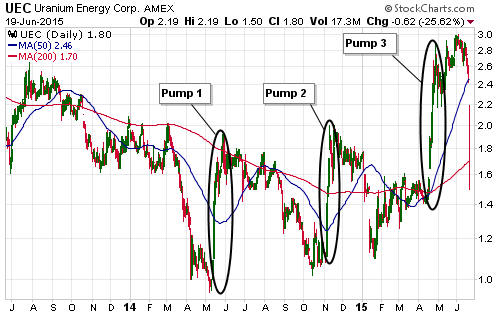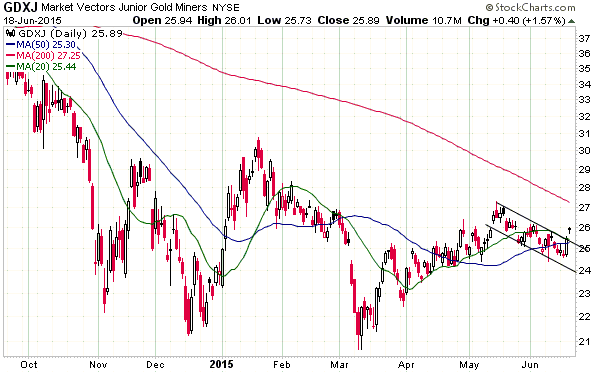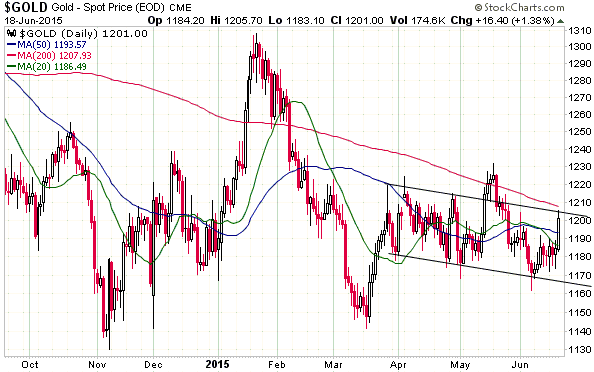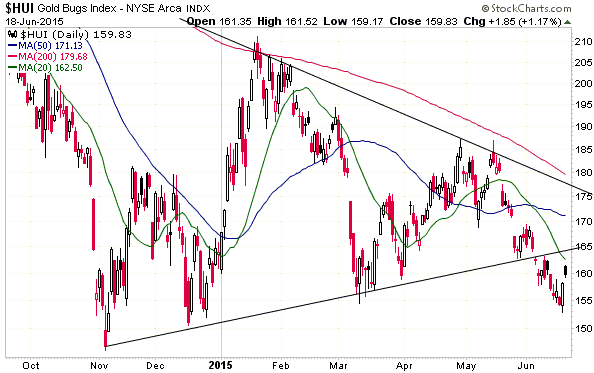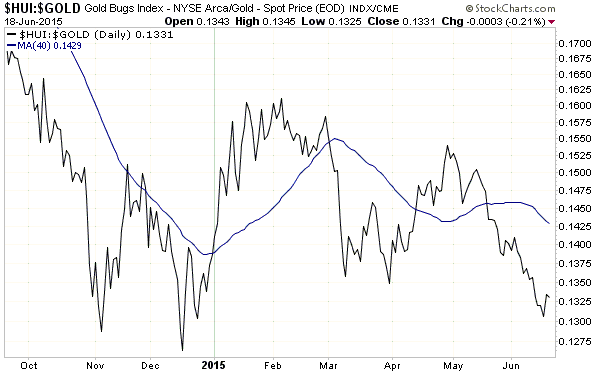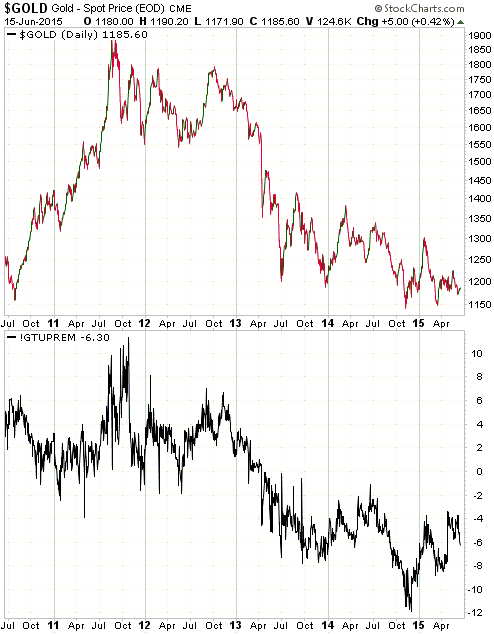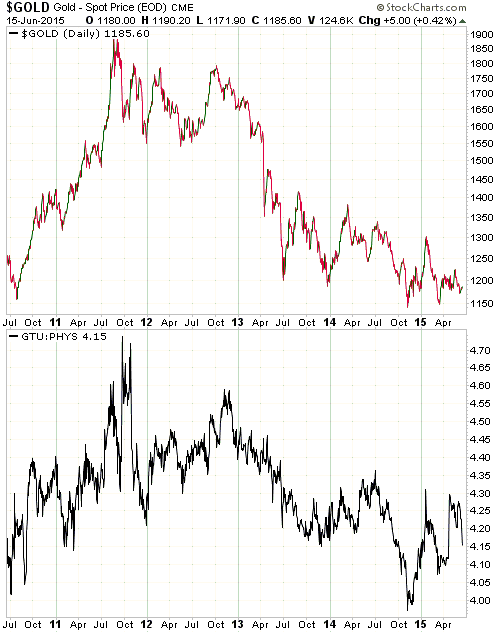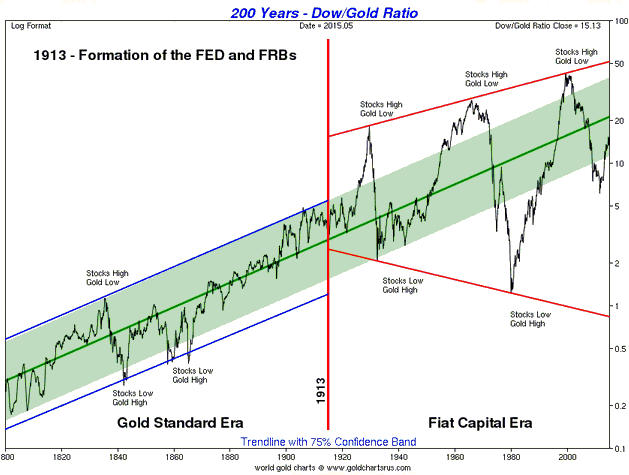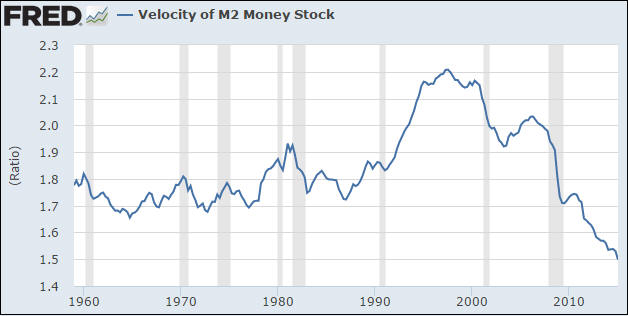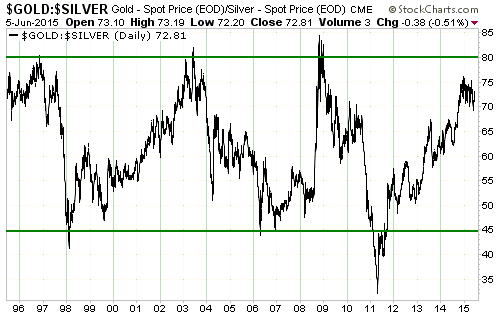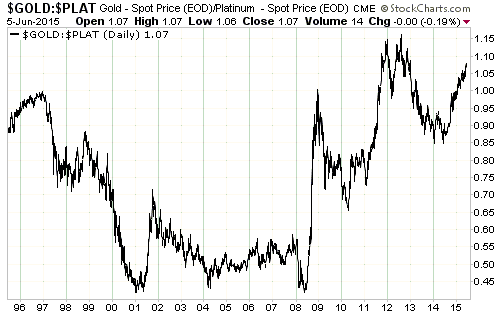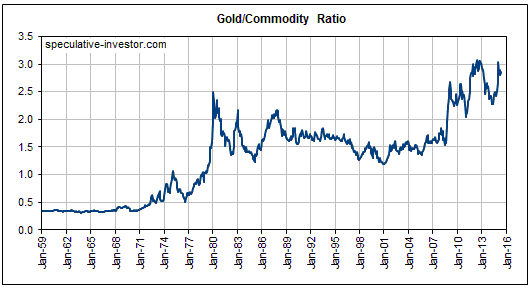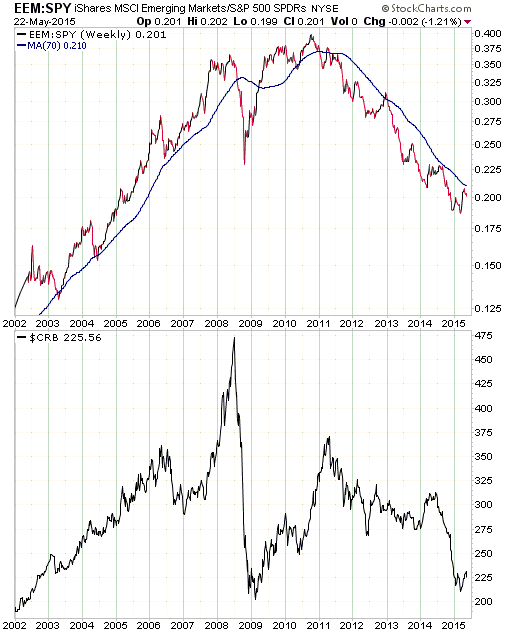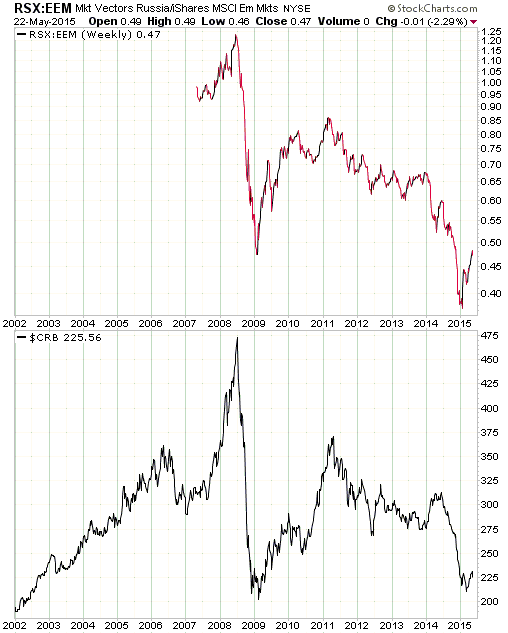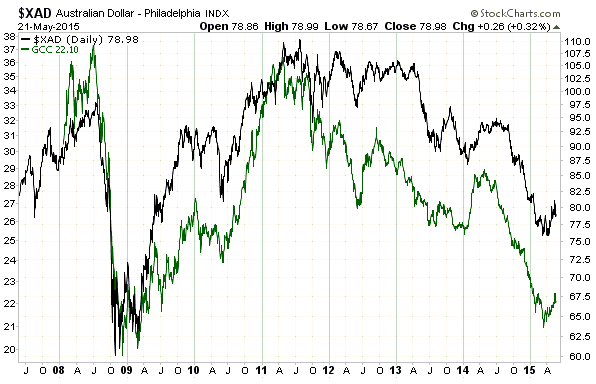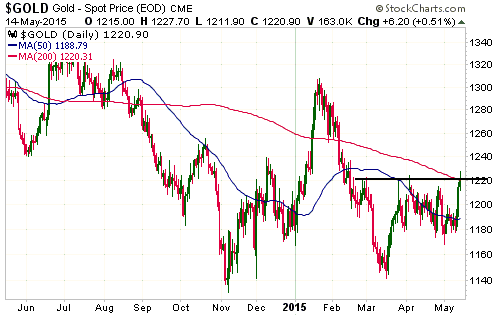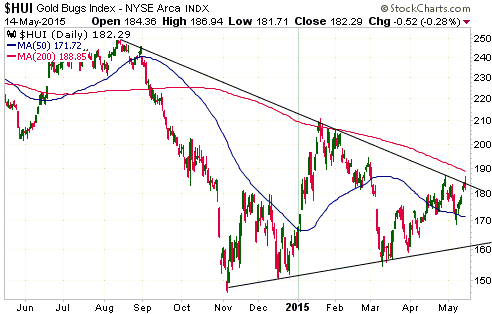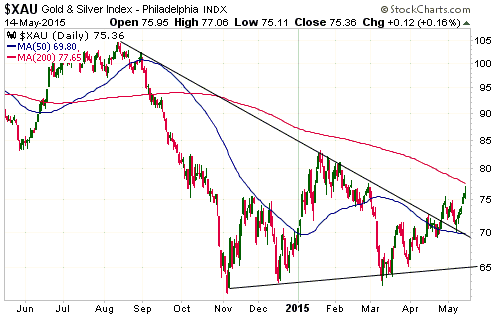I was recently sent an article containing the claim that during the next financial crisis and/or stock-market crash there will be a panic ‘into’ the US dollar, but that unlike previous crises, when panicking investors obtained their US$ exposure via the purchase of T-Bonds, the next time around they will buy dollars directly. This is wrong, because large investors cannot simply buy dollars. As I’ll now explain, they must buy something denominated in dollars.
If you have $50K of investments in corporate bonds and stocks, then you can sell these investments and deposit the proceeds in a bank account. You can also withdraw the $50K in physical notes and put the money in a home safe. In the first case you are effectively lending the money to a bank and therefore taking-on credit risk, but the deposit will be fully insured so the credit risk will be close to zero. In the second case you have no credit risk, but there will be the risk of theft. The point is that it is feasible for an investor with US$50K to go directly into US$ cash.
This is not true, however, for an investor with hundreds of millions or billions of dollars.
If you have $1B of investments and you want to ‘go to cash’ you can, of course, sell your investments and deposit the proceeds in a bank account. The bank will certainly be glad to receive the money, but less than 1% of the deposit will be covered by insurance. This means that more than 99% of the deposit will be subject to credit risk (the risk that the bank will fail), which can be uncomfortably high during a financial crisis. In effect, depositing the money at a bank will be risking a loss of almost 100%. Not exactly the safety you were looking for when you shifted to cash!
Also, if you have a huge sum of money then removing the money from the banking system will not be an option. First, you probably won’t be permitted to convert such a sum to physical notes, but even in the unlikely event that you are permitted you will have the cost of transporting, storing, insuring and securing the cash. This cost will be large enough to preclude the exercise. Furthermore, accumulating a physical cash position of that magnitude will have the undesirable side effect of drawing greater government scrutiny to your business dealings.
Therefore, if it’s US$ exposure that you want and you are looking for a place to safely park a large quantity of dollars for a short period, you really have no choice other than to lend the money to the US government via the purchase of Treasury notes or bonds. That’s why a panic ‘into’ the US dollar will always be associated with a panic ‘into’ the Treasury market.
 Print This Post
Print This Post

